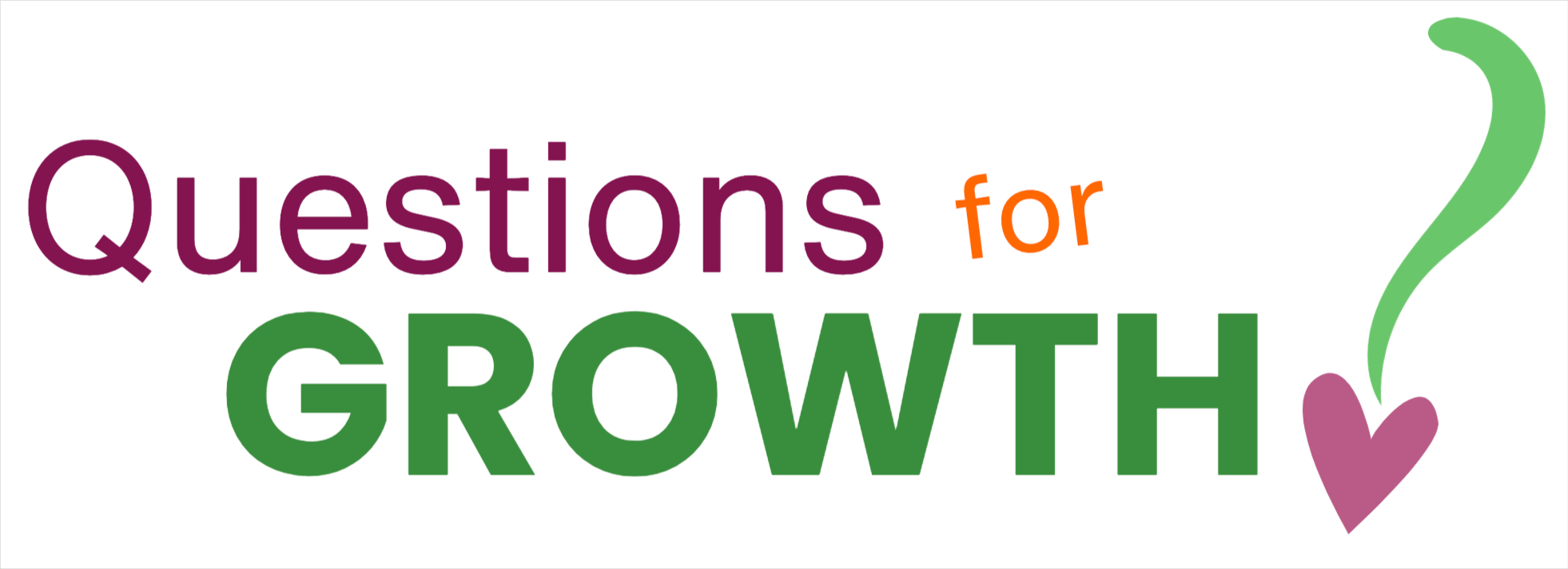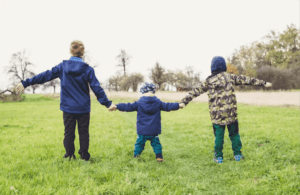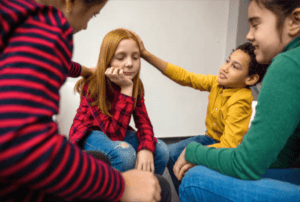Over the last couple of decades working in schools, I have observed and intervened in literally thousands of arguments and disagreements between children. Through these interactions, I have come to understand the profound impact that effective communication and the development of emotional intelligence can have on our young learners.
Conflict is an inevitable part of childhood – a critical period where the seeds of future interpersonal skills are sown. In the throes of these conflicts, children are not just squabbling over toys or playground rules, they are learning to articulate their feelings, and understanding the perspectives of others. This is where emotional intelligence in kids starts to take root, blossoming into skills that will serve them well throughout their lives.
In my experience, whether it’s a heated debate over a group project or an argument over a ball in the playground, each conflict presents an opportunity. It’s a chance for children to practise and hone their negotiation skills, to learn the art of compromise, and to develop empathy – understanding how their actions affect others. As adults, whether we are parents, educators, or caregivers, our role in guiding children through these conflicts is paramount and should not be underestimated. We are helping mould the future generation’s ability to handle life’s challenges.
In this blog post, I aim to share insights and strategies drawn from my experiences and observations. We’ll explore how to equip children with the tools they need for successful conflict resolution, fostering a generation that values empathy, understanding, and effective communication.
Understanding the Roots of Conflict
I’ve often pondered the underlying causes of childhood disagreements. It’s crucial to recognise that conflicts among children stem from many different sources. Playground conflicts, peer disputes, and classroom altercations are all manifestations of deeper dynamics at play in a child’s life.
Developmental Stages and Conflict
A significant factor in understanding these conflicts is the developmental stage of the child. According to Erik Erikson’s stages of psychosocial development, children in the primary school age are navigating through the stages of “Industry vs. Inferiority”, During this period, they are developing a sense of pride in their accomplishments. Conflicts can often arise when children feel their efforts are either being overshadowed or not recognised. This is evident in scenarios where competition for attention, whether in the classroom or on the sports field, leads to disputes.
The Role of Communication Skills
Another critical aspect is the development of communication skills. Research has shown that children who struggle with expressing themselves are more likely to experience conflicts. This could be due to misunderstandings or an inability to articulate their emotions and needs effectively. For example, s research by the American Psychological Association highlights the correlation between language development and conflict resolution skills in early childhood.
Social Dynamics and Peer Influence
The influence of peer groups cannot be underestimated. As children grow, their social circles expand, bringing in diverse personalities and behaviours. Peer pressure and the desire to fit in can lead to conflicts, often manifesting as disputes over group norms or disagreements stemming from loyalty issues.
Empathy: The Key to Resolution
Understanding these roots helps in addressing the conflicts effectively. At the core of resolving these disputes lies empathy – the ability to understand and share the feelings of another. Empathy is not inherent; it’s a skill that needs nurturing. Teaching children to put themselves in another’s shoes can dramatically alter the course of a conflict. Expert insights from the Child Mind Institute suggest children who participated in empathy-focused programs showed a significant improvement in understanding their peers’ perspectives, thereby reducing conflict instances.
Grasping the roots of childhood conflicts is essential for effective resolution. It involves acknowledging the developmental stages, enhancing communication skills, understanding social dynamics, and, most importantly, fostering empathy. As we guide children through the process of developing interpersonal relationships, our focus should be on equipping them with the understanding and skills needed to navigate conflicts, ultimately shaping them into empathetic, communicative adults.
Resolve Children§s Conflicts Strategies for Parents and Educators
As a primary educator, I’ve seen firsthand the impact that adult intervention can have on guiding children through disagreements. Parents and educators play a pivotal role in teaching conflict resolution and modelling peaceful solutions. Here are some practical strategies, underpinned by reputable research, to assist adults in this crucial role.
1. Active Listening: The Foundation of Understanding
One of the most effective tools in our arsenal is active listening. This skill is more than just hearing; it’s about understanding and empathising. Studies on conflict resolution repeatedly emphasise the importance of active listening in conflict resolution. When children feel heard, they’re more likely to open up and express their feelings, which is a critical step in resolving disputes. Educators and parents can practise this by giving children their full attention, paraphrasing their words, and asking clarifying questions.
2. Constructive Communication
Constructive communication is essential. It involves both expressing oneself clearly and listening to others. Encouraging the use of ‘I’ statements helps children express their feelings without blaming others. Phrases like “I feel sad when…” enable children to communicate their emotions clearly and take ownership of their feelings. This technique is widely advocated in educational psychology as a way to foster healthy communication.
3. Problem-Solving Skills: Guiding Towards Solutions
Teaching problem-solving skills is another vital strategy. According to research published in the Journal of Applied School Psychology, problem-solving training programs have been effective in reducing aggressive behaviour in children. Encourage children to identify the problem, think of possible solutions, weigh the pros and cons of each, and decide on the best course of action. This approach empowers them to handle conflicts independently in the future.
Role-playing, in particular, is a powerful tool in teaching conflict resolution. It allows children to practice responding to various scenarios in a safe, controlled environment. By acting out common playground or classroom conflicts, children can explore different strategies for resolution. Facilitating effective role-play situations in the classroom, for example, can help children develop empathy and social skills.
4. Emotional Regulation: Keeping Cool Under Pressure
Teaching children mindfulness and emotional regulation can play a significant role in conflict resolution. Simple exercises like deep breathing, identifying emotions, and practicing patience can help children manage their reactions in the heat of the moment. The effectiveness of mindfulness in improving children’s emotional and social competencies is supported by research from institutions like the Center for Child and Family Well-Being.
5. Leading by Example: The Power of Role Modelling
One of the most important factors, I believe, is that adults should lead by example. Children learn a great deal from observing the behaviours of adults around them. When parents and educators handle their own conflicts in a calm and respectful manner, they’re effectively role-modelling peaceful conflict resolution.
6. Peer Mediation Strategies: Empowering Children
One of my favourite strategies in conflict resolution among children (and the most effective, in my opinion) involves the use of peer mediation. Children are generally, if given the opportunity and incentive, able to resolve their own disputes, which fosters their emotional intelligence and independence. Here’s how I implement this method in a real-world educational setting:
- Encouraging Self-Resolution
Whenever a conflict has arisen (and the children in question have been brought by a teacher or playground inspector to my office), I first give the children involved the opportunity to resolve it among themselves. This step is crucial as it empowers them to use their communication skills and emotional intelligence. I positively reinforce the idea that they are capable of handling such situations without immediate adult intervention. This not only boosts their confidence but also promotes a sense of responsibility.
- Setting Guidelines for Resolution
Before stepping back, I provide a framework or guidelines to help them in their discussion. This may include using ‘I’ statements, taking turns to speak, and listening to each other’s viewpoints. These guidelines ensure that the conversation remains constructive and respectful.
- Monitoring from a Distance
After setting the stage for peer mediation, I step out of my office, keeping a watchful eye through the window of my office door. This gives them a sense of independence while ensuring that I’m still available if the situation escalates or they need assistance. It’s a delicate balance between giving them space and ensuring their safety and well-being.
If the children are unable to resolve the conflict on their own, of course, they know they will need to come back during their lunchtime break or the following day, for example, to discuss the conflict with me. In reality though, for the less serious altercations, I found this is rarely necessary. Depending on the seriousness of the conflict, I also advise the children that I may need to involve their parents. This is not a punishment, but rather an additional step in their learning process.
Through this process, misunderstandings are clarified, and the children tend to quickly reach a mutual understanding. This is helped along, of course, by the fact that the children know, if they do not reach a mutual understanding, they will be expected to return to my office to go over the whole thing, which means missing what would otherwise be their subsequent playtime.
The peer mediation strategy also hinges on the belief that children, when given the right tools and guidance, are fully capable of resolving their own conflicts. This approach not only empowers them but also instills a sense of responsibility and ownership over their actions and interactions.
Every time a conflict has arisen, allowing the children involved to first attempt a resolution among themselves has led to positive outcomes. This process encourages them to actively use their communication skills, empathy, and emotional intelligence – skills that are critical not only in the school environment but in life as a whole.
Case Study – The Playground Peacekeepers
A relevant case-study of peer mediation can be identified at Atherwood Elementary School in California, which established an initiative called “Playground Peacekeepers”. This programme trained a group of students in conflict resolution techniques, who then applied these skills during their break times. The program was a response to increasing playground disputes and aimed to empower children to resolve conflicts among themselves. After implementation, the school reported a significant decrease in playground conflicts. This example, cited in a study on peer mediation published in the Journal of School Health, further showcases the effectiveness of peer-led initiatives in real-life conflict resolution. Many of other schools worldwide have since followed suit with their own versions of Playground Peacekeepers.
Concluding thoughts…
There are several proven strategies for resolving children’s conflicts, from active listening and constructive communication to problem-solving workshops and emotional regulation exercises. Reflecting on my own experiences though, I can confidently say that, without exception, the approach of peer mediation has been remarkably effective. Moreover, all these other tools discussed converge to support the peer mediation process, ensuring that children are well-equipped to handle conflicts independently and effectively.
While peer mediation encourages children to resolve conflicts among themselves, the role of adults, however, remains pivotal. As educators and parents, our task is to guide, facilitate, and intervene when necessary. By stepping back and allowing children to navigate their disputes, we provide them with a safe space to develop and practise their conflict resolution skills, intervening only when absolutely necessary.








